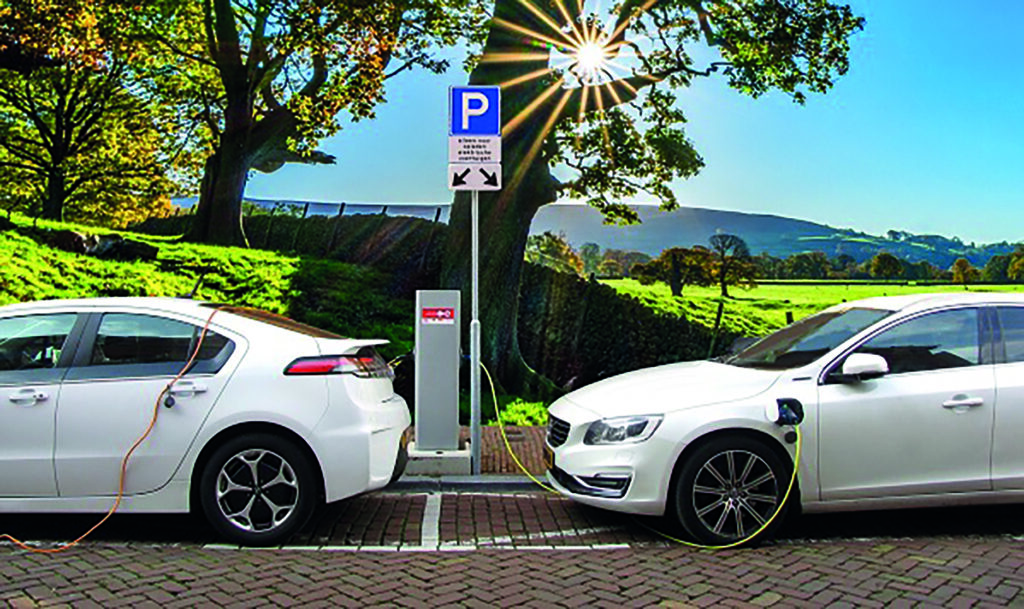PEI-Genesis’ European product manager industrial, Dawn Robinson, unpicks the growing problem of EV connector standardisation and compatibility.
Currently there are four common EV connectors: Type 1, Type 2 (including the Tesla supercharger), CHAdeMO and CCS.
Type 1 (SAE J1772) were among the first EV connectors. These five-pin connectors supply single-phase AC power between three and seven kilowatts and are mostly found in Asian markets. These have been largely supplanted by Type 2 connectors in the West. Type 2 (SAE J3068) features an additional two pins for either three-phase AC or high current DC depending on configuration. In Europe, Tesla uses a modified Type 2 that only fits Tesla EVs.
CHAdeMO connectors provide purely DC power at high currents and voltages and were designed in 2010 by a Japanese consortium. Finally, the Combined Charging System (CCS) connector is simply a Type 1 or 2 connector with an additional two DC pins for rapid DC charging.
CCS seems to have emerged as the de facto standard, because it allows flexible AC charging from home grids or any commercial charging station (excluding Tesla superchargers) but also provides high current, high voltage DC to EVs with that capability.
It seems like the ideal EV connector will combine multiple design features. It must be ergonomic, easy to use, space efficient, include safety features and provide both AC and DC power.
Ergonomics is important because the charging connector is likely one of the most used and potentially abused EV components. Regarding space, a bulky connector would consume internal space and the input connector would have to be similarly large. Due to the currents and voltages involved, safety is key. EV connectors use proximity detection and control pilot signals, preventing the vehicle from moving and stopping power transmission to unconnected connectors respectively.
CCS connectors already combine these design features, so is the problem solved? Not quite. From an electrical engineering perspective more can be done. For instance, the high voltages and currents present form the perfect environment for contact arcing. The pilot signal helps mitigate this but doesn’t preclude the possibility of resistive heating or damage to contacts.
A second of high voltage arc between contacts would be enough to score and scorch them. This damage further exacerbates the problem, eventually leading to failure. Damage on a charging station would require a replacement connector. However, damage onboard the EV could leave people stranded.
A little extra effort designing the contacts can pay dividends. An example would be connectors using hyperbolic geometry to provide robust, high-density mating between contacts. Instead of passively mating, these connectors are designed to push against the respective contact to ensure a complete and reliable connection. Such connectors are often rated for 20,000 mating cycles.

